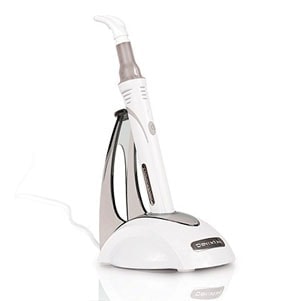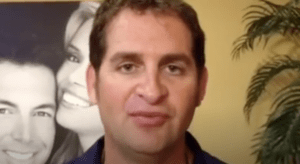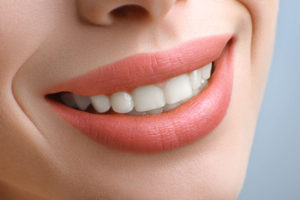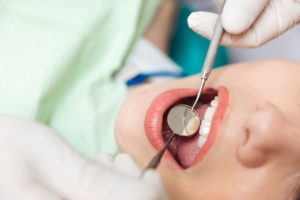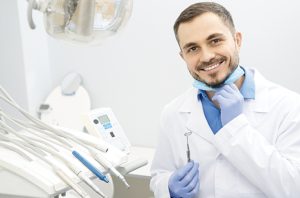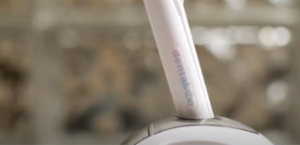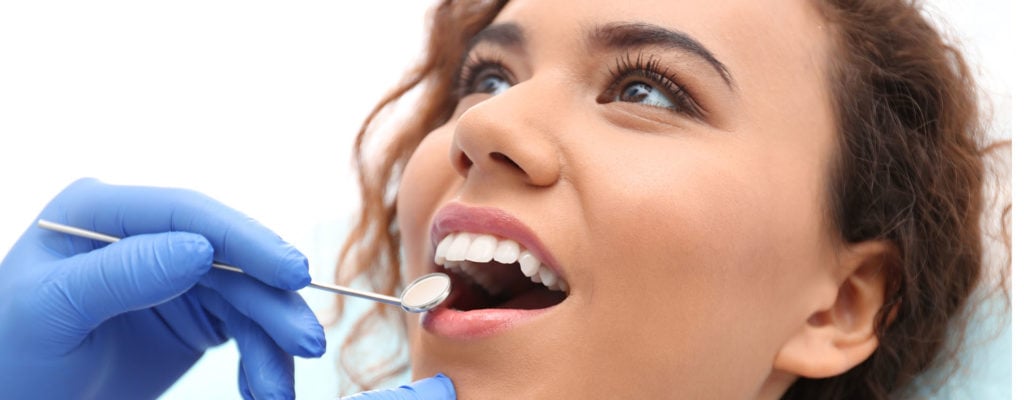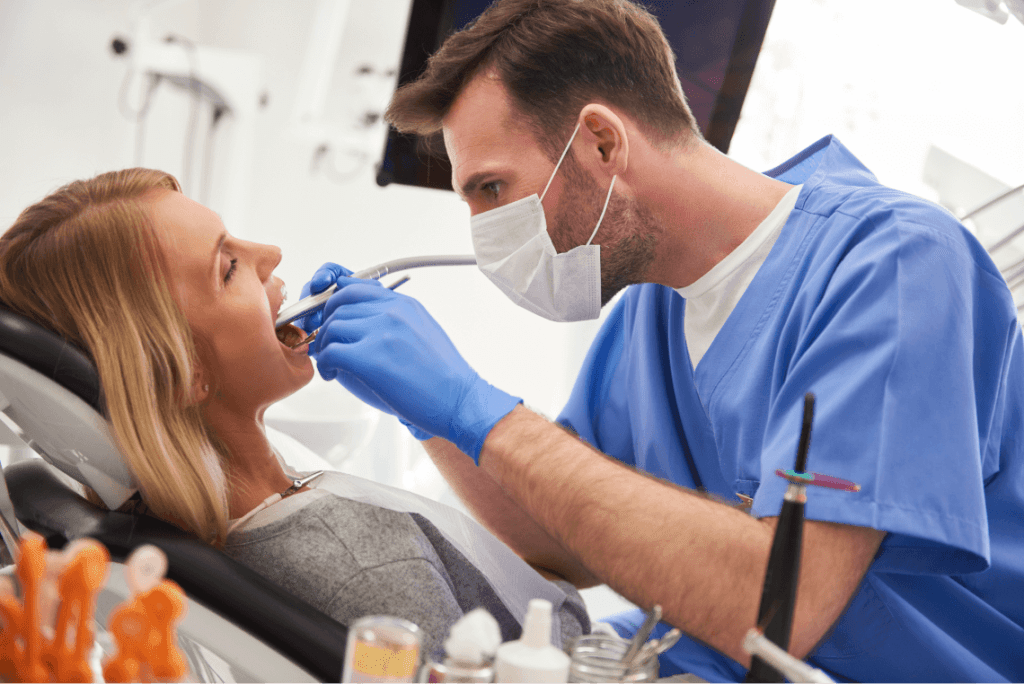Everybody has heard that fluoride is necessary for healthy teeth, but how does fluoride actually help prevent cavities and strengthen teeth? What is fluoride, and is too much fluoride harmful? Get answers to these and other common questions about fluoride.
What is fluoride?
Fluoride is a naturally occurring mineral found in various elements throughout nature, including rocks, soil, plants, and water. Fluorine tends to accumulate in certain foods, such as shellfish, grapes, and potatoes. Foods and beverages made with fluoridated water will contain higher levels of fluoride as well.
Fluoride’s ability to reduce cavities in children was discovered in the 1940s. Soon after research confirmed the benefits of fluoride, the U.S. government began adding fluoride to public water supplies.
Following approval by the American Dental Association in the 1950s, toothpaste companies began adding fluoride to their toothpastes. Crest was one of the first toothpastes to advertise fluoride as one of their ingredients.
Since then, hundreds of studies have confirmed that fluoride can repair weakened dental enamel by restoring levels of phosphate and calcium lost to oral conditions such as tooth decay, periodontitis, and dry mouth syndrome.
What is fluoride treatment?
When you visit your dentist for a check-up and cleaning, you’ll likely have your teeth treated with fluoride, especially if you have a history of tooth decay, weak dental enamel, or chronically dry mouth.
Dentists apply fluoride by swabbing the teeth with fluoride gel or covering the teeth with a plastic tray that contains fluoride. After a few minutes, the trays are removed and a coating of fluoride remains on the teeth.
Your dentist will ask you not to eat or drink for about an hour after a fluoride treatment. This gives your tooth enamel time to absorb the fluoride so it can start repairing areas of decay or weakness.
Children and fluoride treatment
Children should start fluoride treatments after one or two teeth erupt. However, dentists recommend not brushing a child’s teeth with fluoride toothpaste until they are around three years old. Very young children tend to swallow toothpaste instead of rinsing and spitting it out. Rare cases of babies and toddlers consuming too much fluoride may cause white spots to appear on teeth, a condition called dental fluorosis.
To eliminate the risk of dental fluorosis in young children, the CDC suggests that parents use purified or distilled water when mixing liquid or powdered infant formula.
What are fluoride treatments like?
Fluoride treatment is not painful and does not involve a dentist scraping or picking at your teeth. The process takes less than 15 minutes after your dentist has cleaned and polished your teeth. Fluoride has no flavor and won’t leave an unpleasant aftertaste.
Most dental insurance policies pay for children to get regular fluoride treatments. However, adults may have to pay out-of-pocket for their fluoride treatments, depending on the specific of their dental insurance plan.
Does fluoride remineralize teeth?
Fluoride not only helps remineralize teeth, but may also delay demineralization of teeth. Demineralization of dental enamel occurs when bacterial plaque accumulates on enamel and produces acids, which can dissolve the enamel. Unless reversed by dental cleanings and fluoride treatments, demineralization will eventually cause cavities and tooth decay. Some people may even see signs of demineralization in the form of white spots flecking the surface of teeth.
Fluoride slows down demineralization by regulating the pH level of the enamel so that bacteria cannot survive. Oral bacteria that cause tooth decay thrive in low-pH environments. When fluoride raises the enamel pH level to at least 5.5, it allows the mineral-rich saliva to saturate teeth and aid in the process of remineralization.
Additionally, fluoride absorbs demineralized crystals on tooth surfaces while attracting calcium molecules found in saliva. As fluoride continues to remineralize weakened teeth, it also creates a new enamel surface that is more resistant to the acid produced by bacteria.
Does Listerine have fluoride?
In addition to antibacterial ingredients formulated to eliminate harmful oral bacteria, Listerine does contain fluoride. However, the makers of Listerine clearly state that their mouthwash should never replace brushing and visiting the dentist for regular check-ups.
Dentists recommend rinsing with a fluoridated mouthwash before brushing and flossing your teeth. Swishing mouthwash around in your mouth helps loosen food particles and other debris that might be difficult to remove with brushing alone.
Is fluoride toothpaste safe?
Yes, fluoride toothpaste and mouthwash is safe as long as you use these products according to the instructions printed on the product packaging.
The primary reason people are still questioning the safety of fluoride is the pervasiveness of myths that continue to be spread online. For example, swallowing fluoride does not cause cancer. This myth came from a research study conducted more than 60 years ago that found that less than one percent of lab rats developed bone cancer after they were fed huge amounts of fluoride.
Another debunked yet persistent myth involves fluoride causing thyroid disease. Again, this false information stems from a little-known report comparing the level of fluoride in various water systems. Authors of the study erroneously determined that above-average fluoride levels are a direct cause of hypothyroidism.
When other scientists evaluated these claims, they immediately stated that the authors failed to consider the presence of environmental variables that could also cause an increased rate of hypothyroidism in certain communities. In other words, researchers neglected to include the iodine intake, vitamin deficiencies, possible radiation exposure, and other factors affecting community members when making this false claim.
If you haven’t seen a dentist in a while and need a cleaning and fluoride treatment, it’s never too late to start taking better care of your teeth! Visit our directory to find a certified pain-free dentist today.

